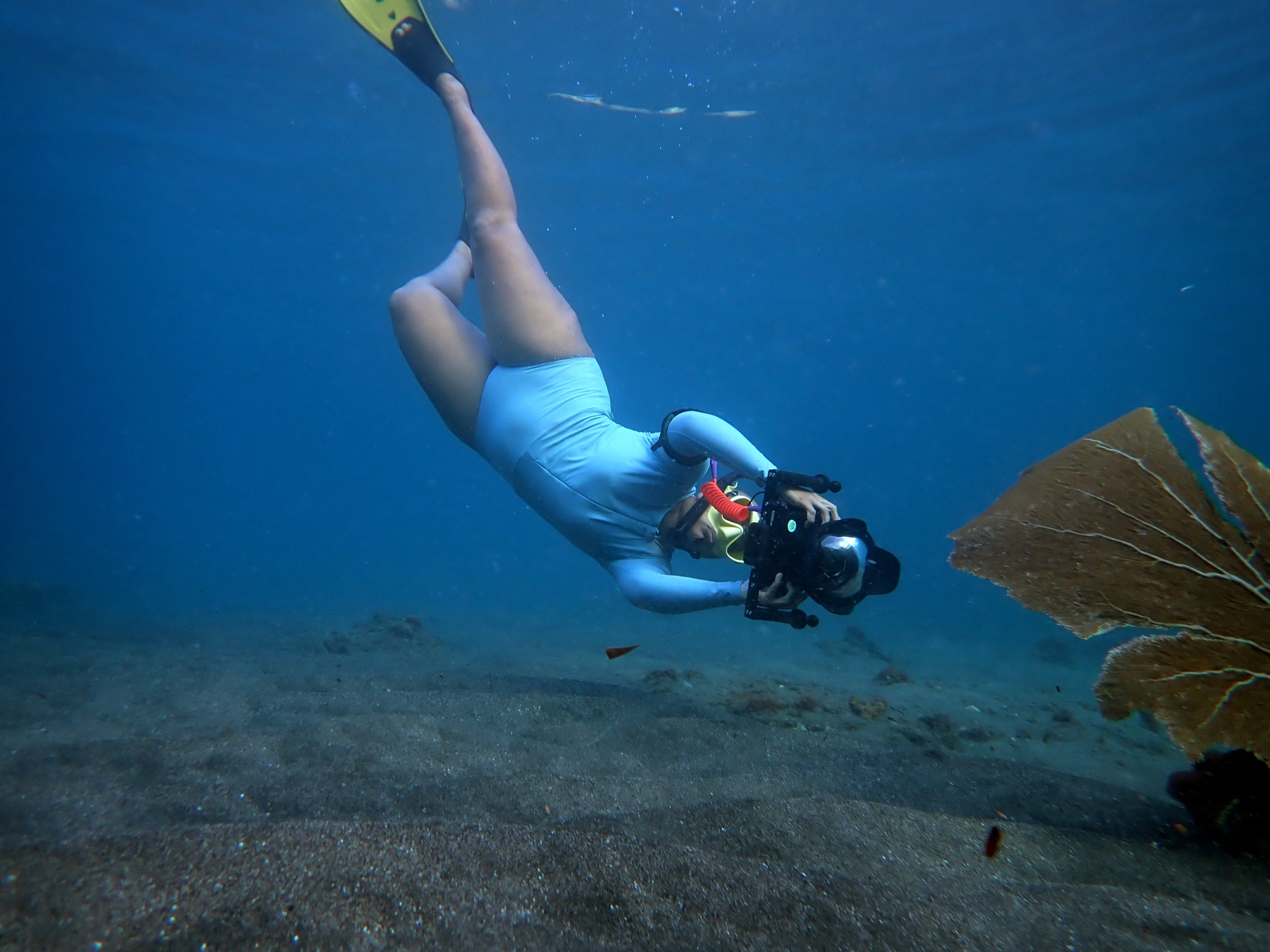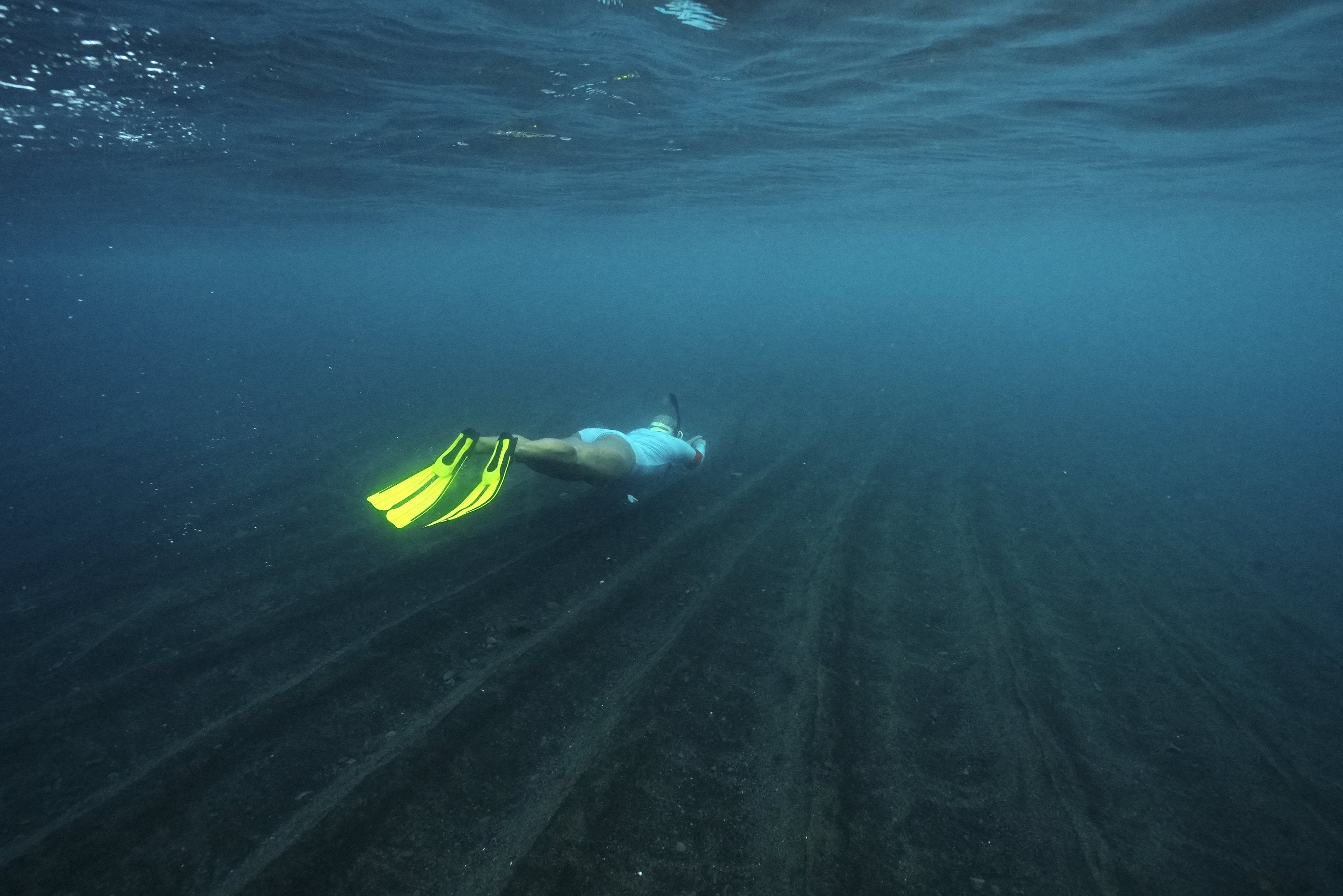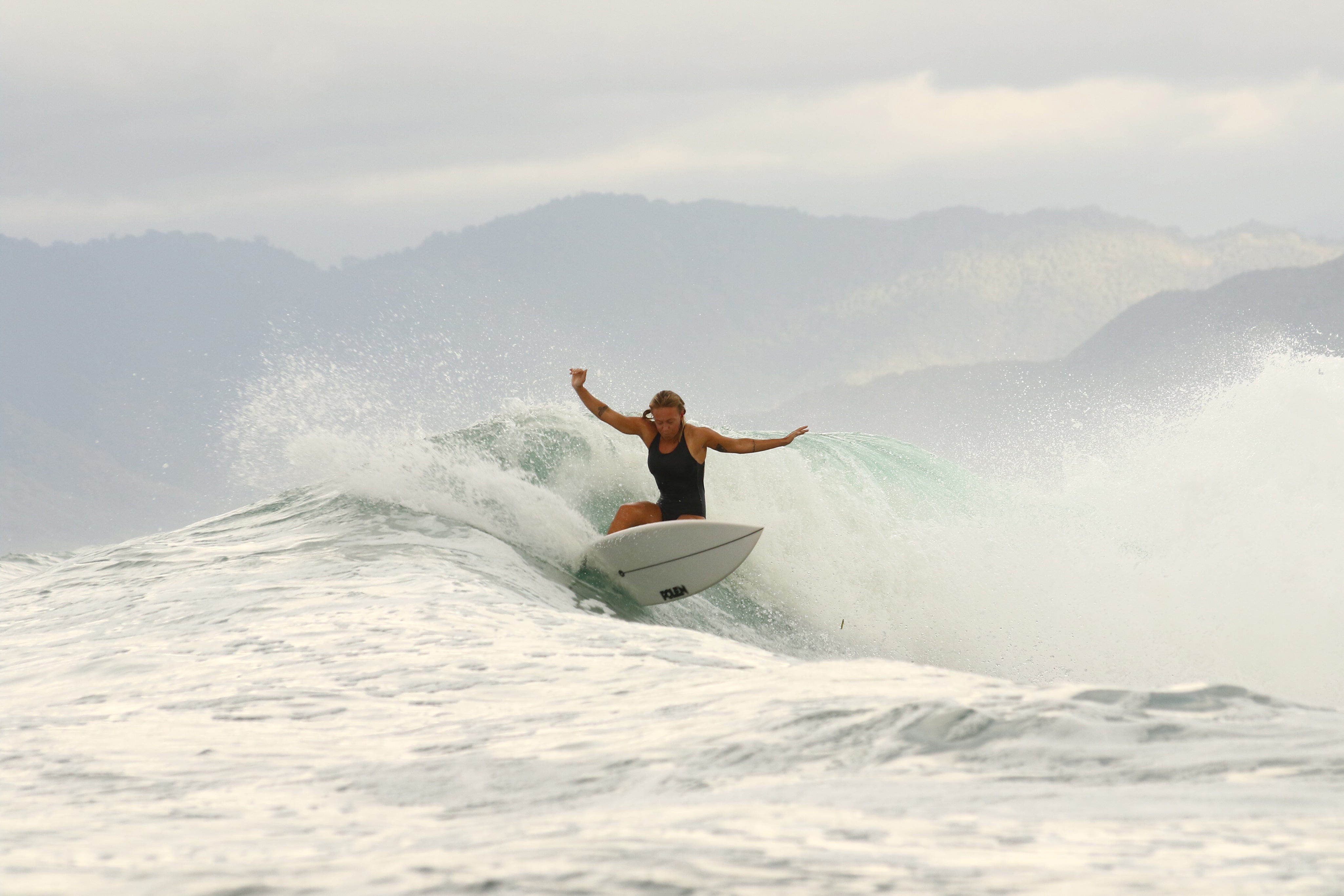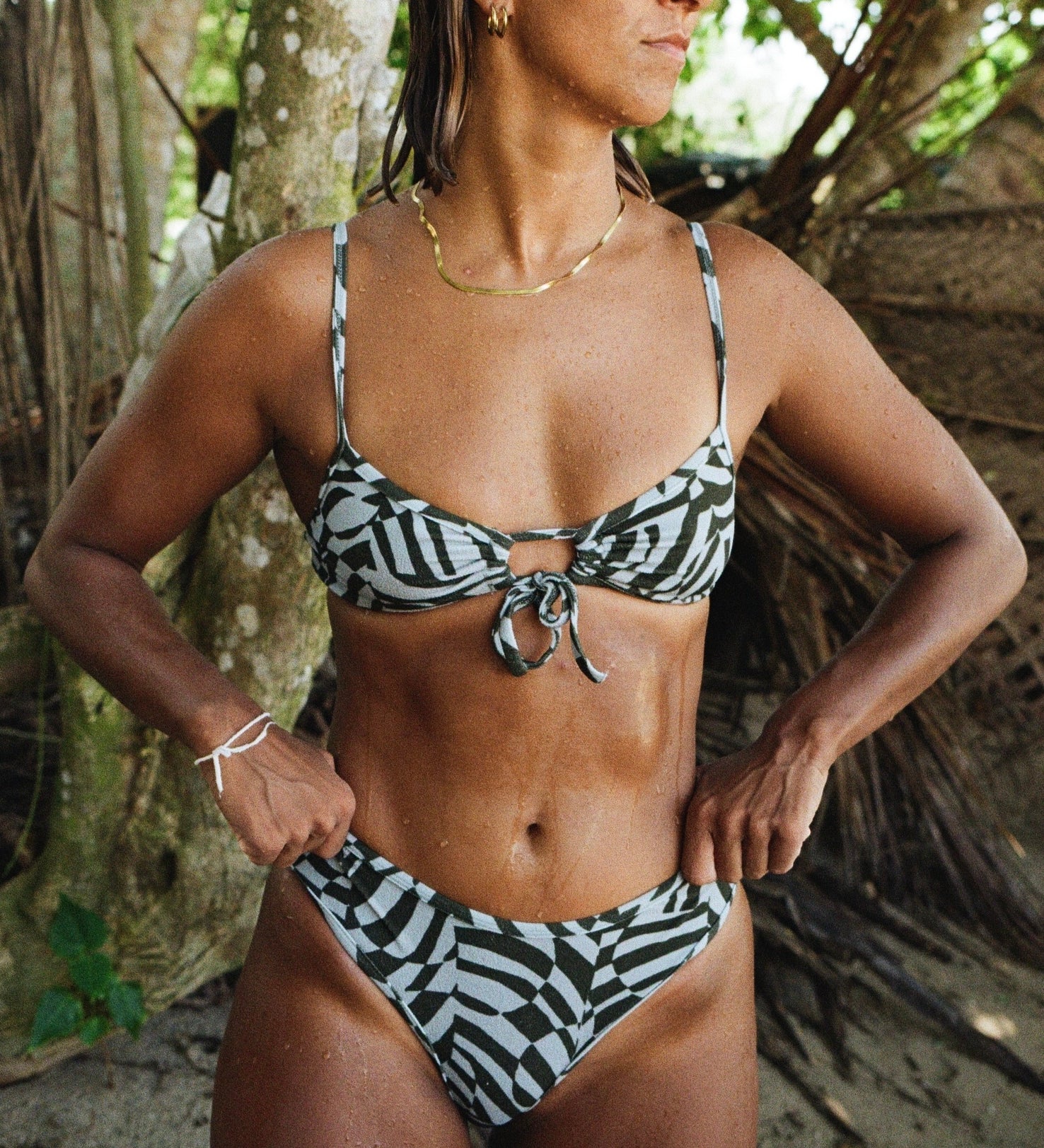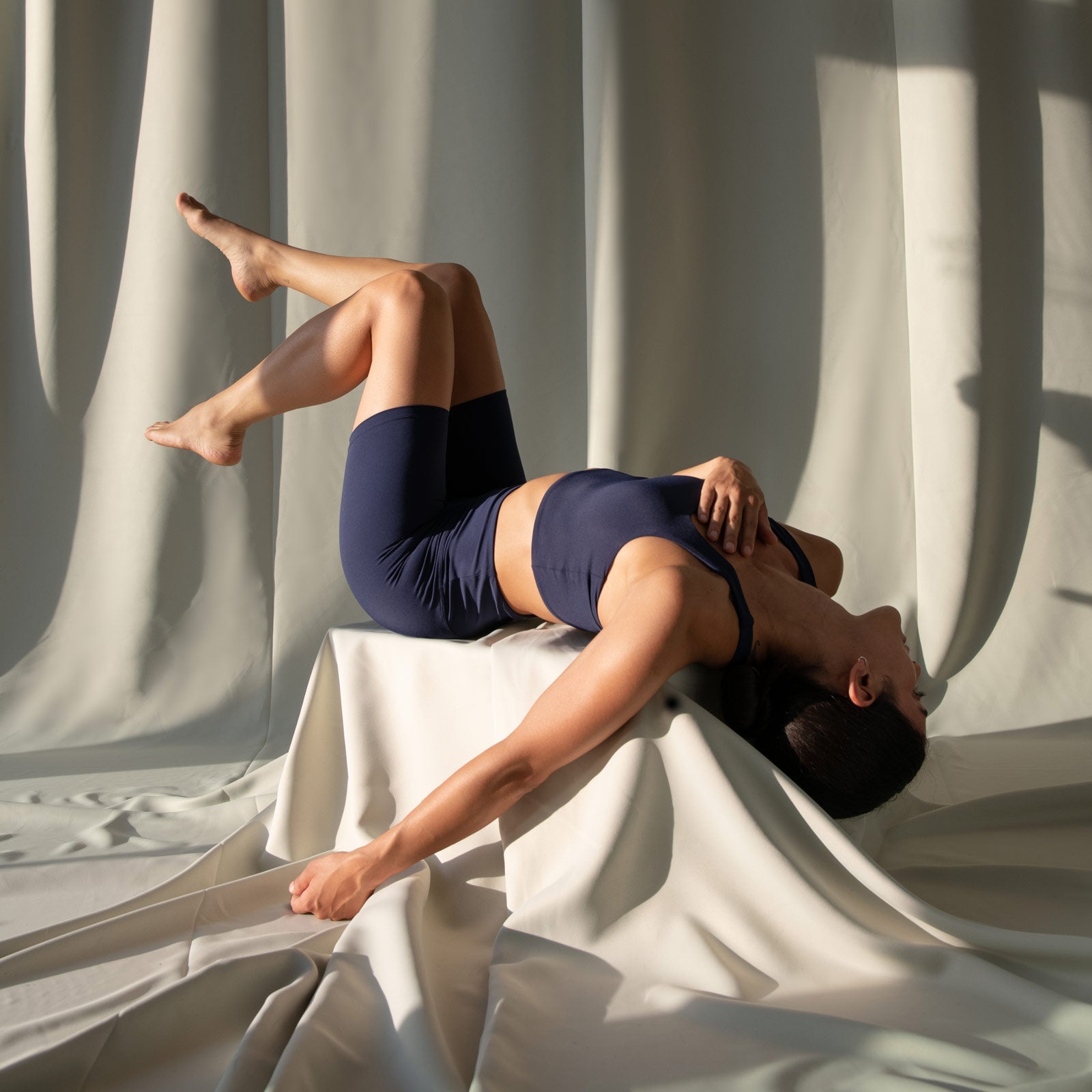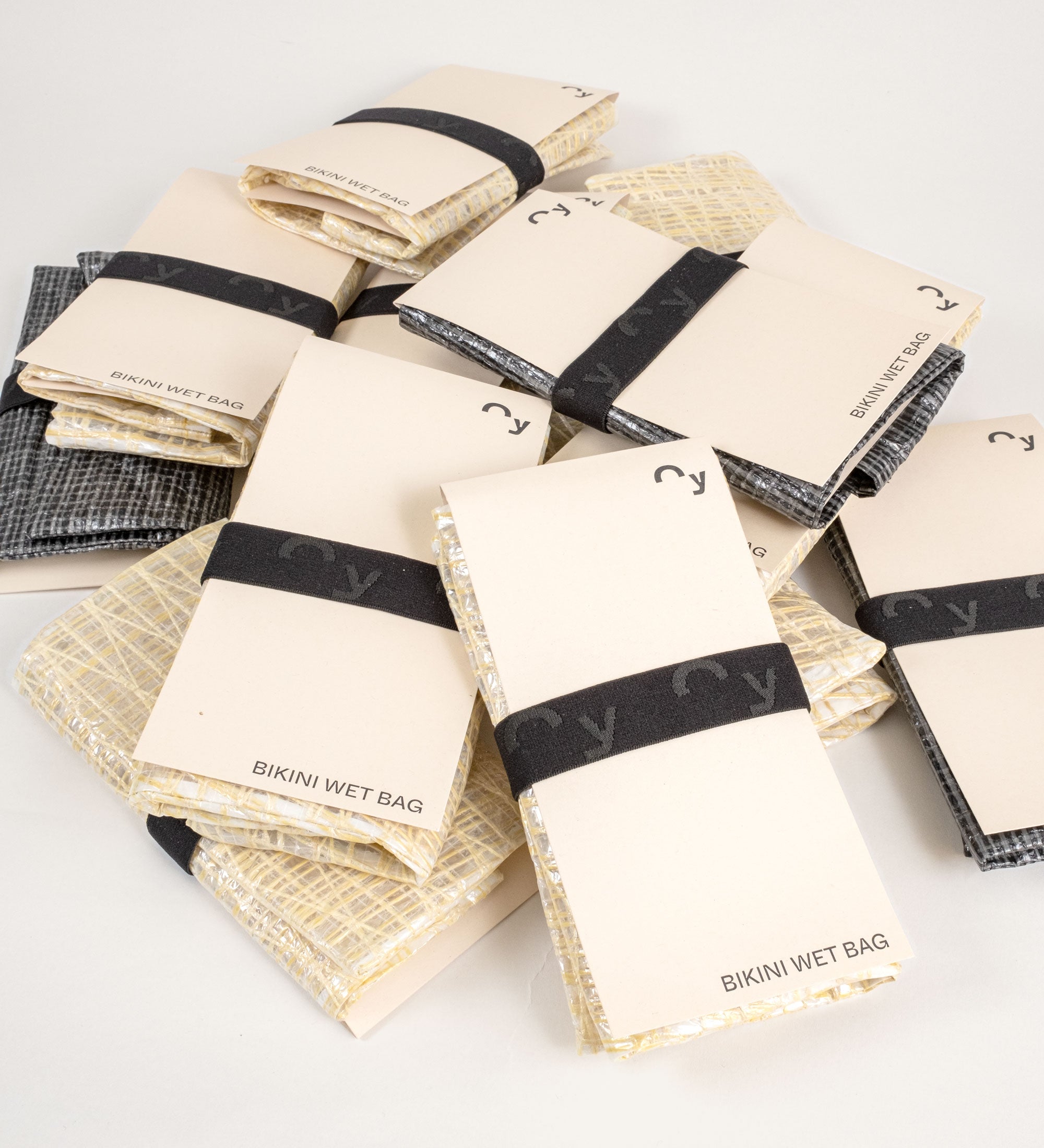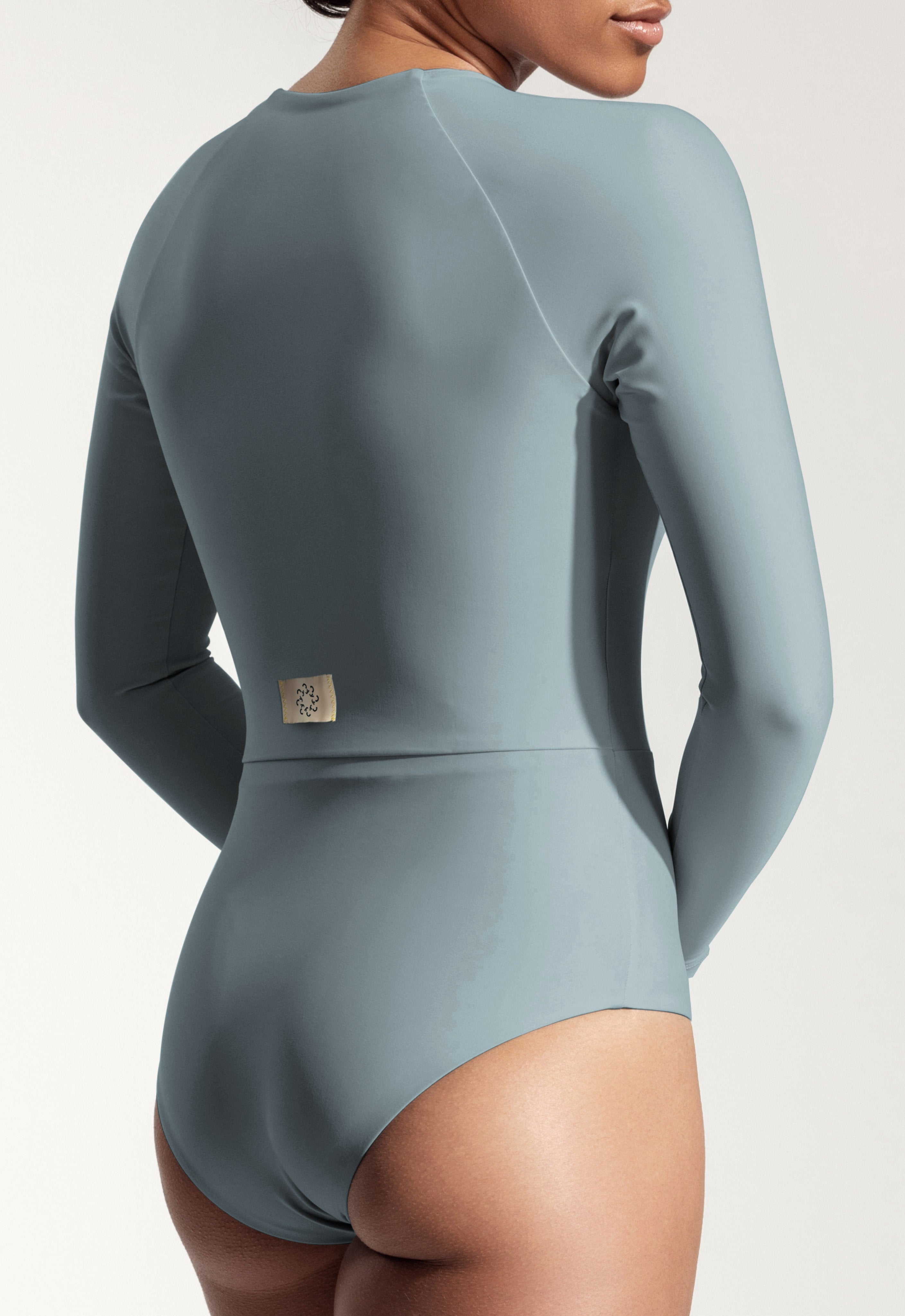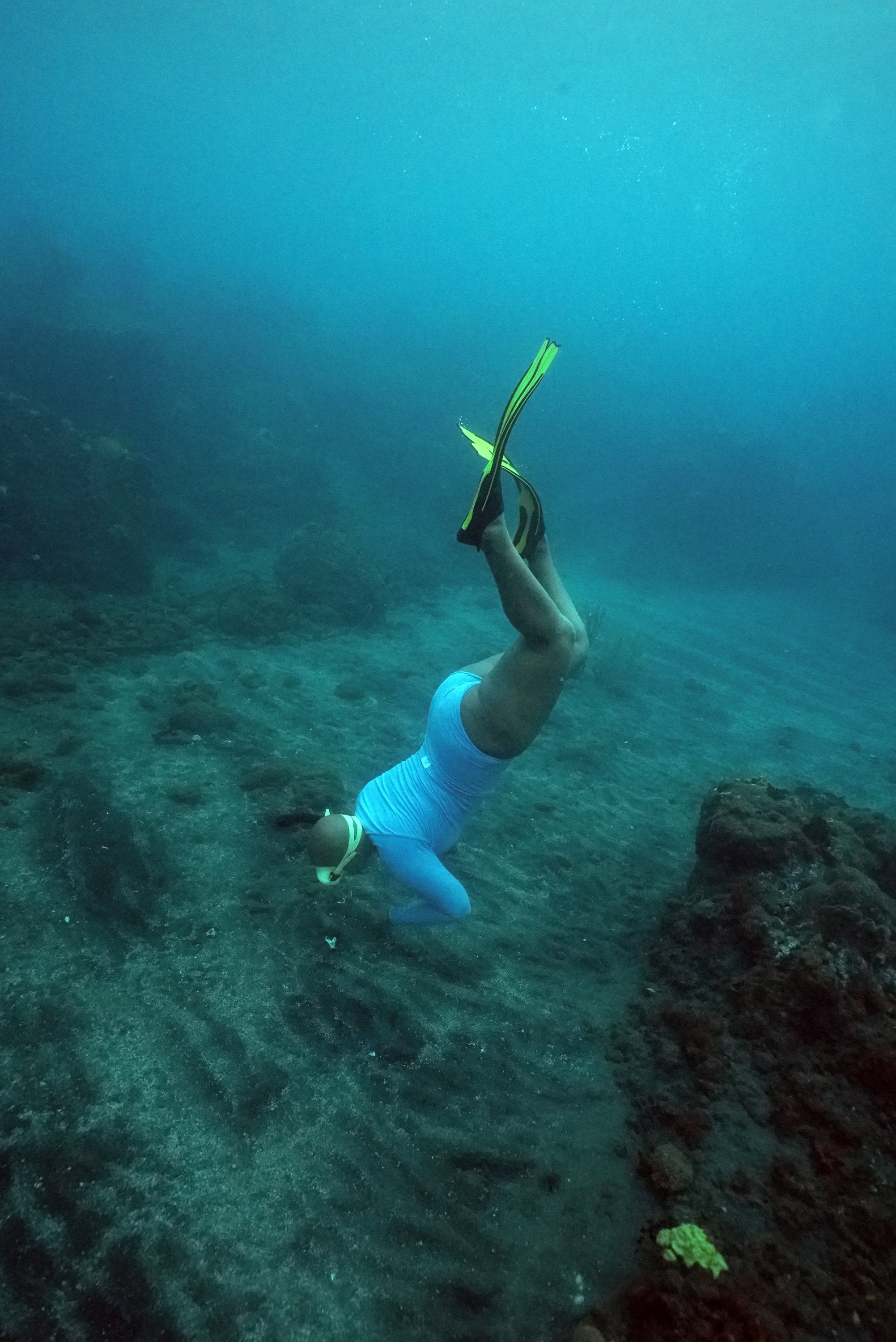Ocean Explorer
Nadia Huggins is a self-taught artist, she works in photography and, since 2010, has built a body of images that are characterized by her observation of and interest in the everyday. Being born in Trinidad and Tobago and growing up in St. Vincent and the Grenadines, she considers herself as Caribbean in an expansive sense. That is also reflected in her work, which explores ecology, belonging, identity, and memory through a contemporary approach focused on re-presenting Caribbean landscapes and the sea. She lives and works in St. Vincent and the Grenadines and was part of several solo and group exhibitions around the globe. Being an ocean explorer herself, she one day discovered Oy swimwear and purchased our products. Shipping to a place, with such a beautiful name, immediately caught our attention. That's how we became aware of each other and discovered common interests.
